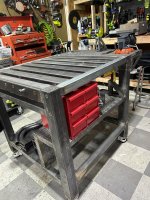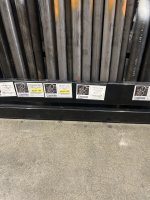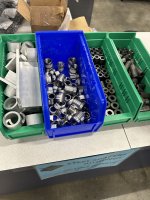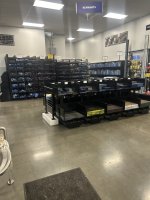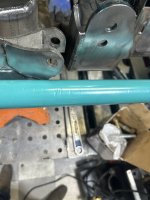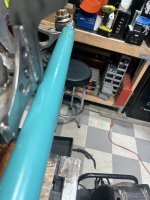RunningProblem
Red Skull Member
- Joined
- Sep 12, 2020
- Member Number
- 2860
- Messages
- 2,677
I built my own links. Use PVC to measure everything. It’s cheaper than metal and works well.
Remember when you're welding in the bungs to use anti seize, and let it cool. I welded mine with the joints in the bungs. I drilled holes to plug weld the bungs, then welded them about 1/4 at a time making sure to move and take my time to not get it too hot.
I would also say to remember to have the joint/heim fully threaded into the bung with the locknut before making final measurements. It really does surprise you how little adjustability you can have with a 1 1/4” joint.
You’ll get to decide if you want LH/RH or both LH (or RH) threaded joints. I went with LH/RH.
It’s just welding and measuring. I didn’t know how to weld or read a tape measure when I started. Now I’m on electrical headaches.
Remember when you're welding in the bungs to use anti seize, and let it cool. I welded mine with the joints in the bungs. I drilled holes to plug weld the bungs, then welded them about 1/4 at a time making sure to move and take my time to not get it too hot.
I would also say to remember to have the joint/heim fully threaded into the bung with the locknut before making final measurements. It really does surprise you how little adjustability you can have with a 1 1/4” joint.
You’ll get to decide if you want LH/RH or both LH (or RH) threaded joints. I went with LH/RH.
It’s just welding and measuring. I didn’t know how to weld or read a tape measure when I started. Now I’m on electrical headaches.
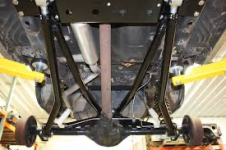
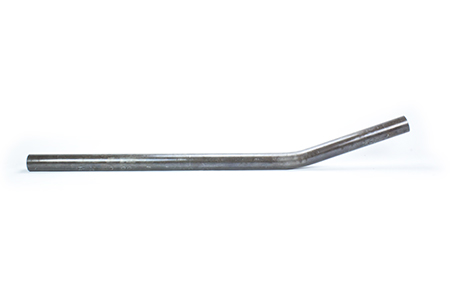
 ). Not sure if there's pinion angle change through travel (I assume this is full bump, set pinion angle at ride height), so maybe it's not as bad, but if it's anything like that, it's bad.
). Not sure if there's pinion angle change through travel (I assume this is full bump, set pinion angle at ride height), so maybe it's not as bad, but if it's anything like that, it's bad.
